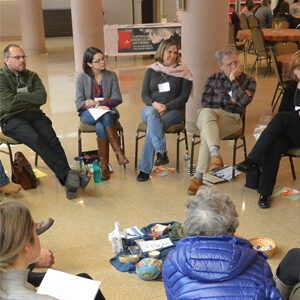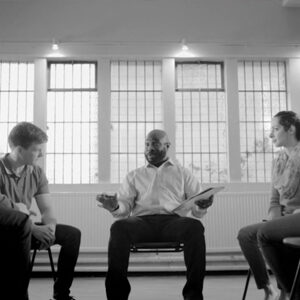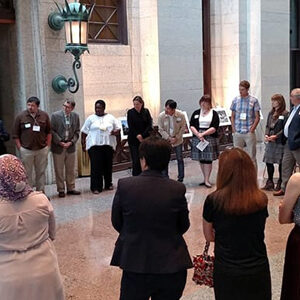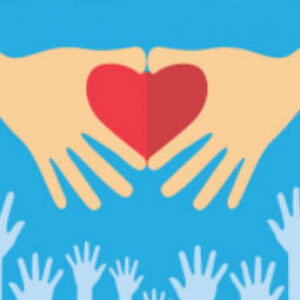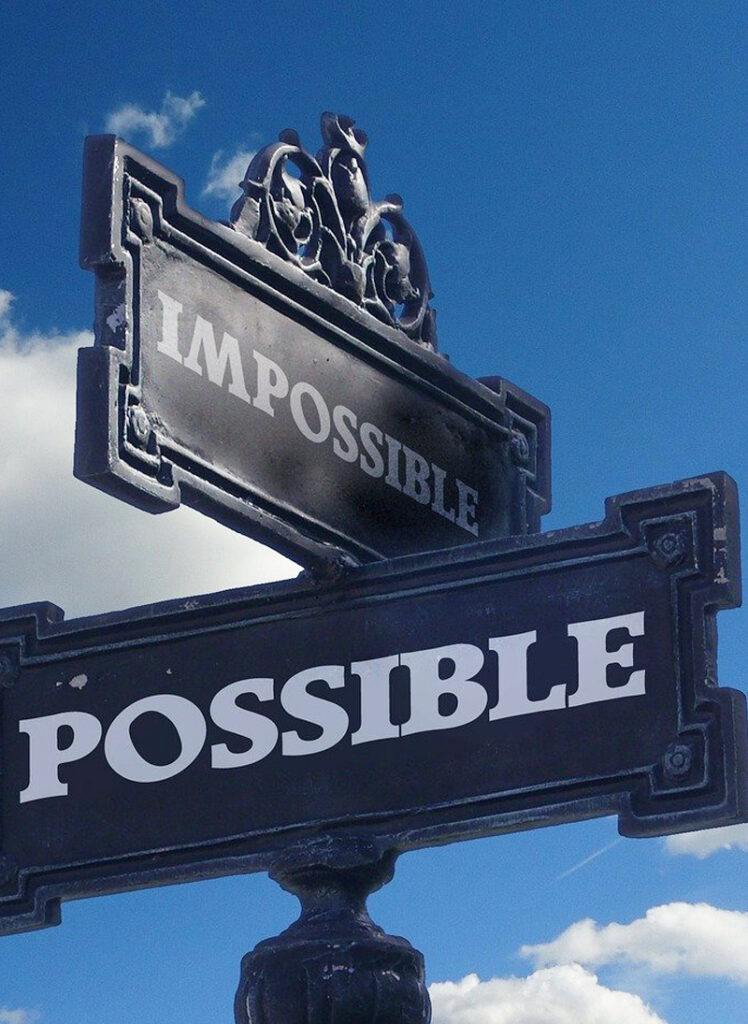
“If we do an eye for an eye and a tooth for a tooth, we will be a blind and toothless nation.” Martin Luther King, Jr.
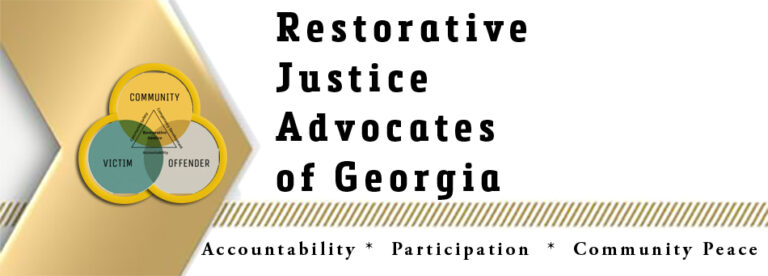
RJAG was formed by a group of individuals with one common idea–social justice instead of retribution. Recognizing the failure of the criminal legal system to administer equal justice, the group organized around known historical successes of other states that have developed policies, programs and practices and adopted laws that shift emphasis from merely punishing offenders to addressing the harm done to people and relationships as a way of building community and resolving conflict. (Zehr 1990).
Use of restorative practices has continued to expand to include community building and healing, and to resolving conflict in schools, prisons and workplaces. RJ practices are also used as part of training for foster parents and law enforcement officers, and by victims’ advocates in participatory defense programs.
As the country continues to push for racial justice, restorative justice policies and practices provide the framework and tools both to help repair specific harm done and to allow for restorative, and oftentimes just and transformational change in relationships and within a community.
The term Restorative Practices is an umbrella term to refer to all the various applications of the indigenous-inspired ways of addressing social issues. Some of the restorative practices are: community group conferencing, family group conferencing, community accountability boards, victim offender dialogue, reparative boards, restorative mediation, peacemaking circles, restorative circles, circles of accountability and support, etc.

